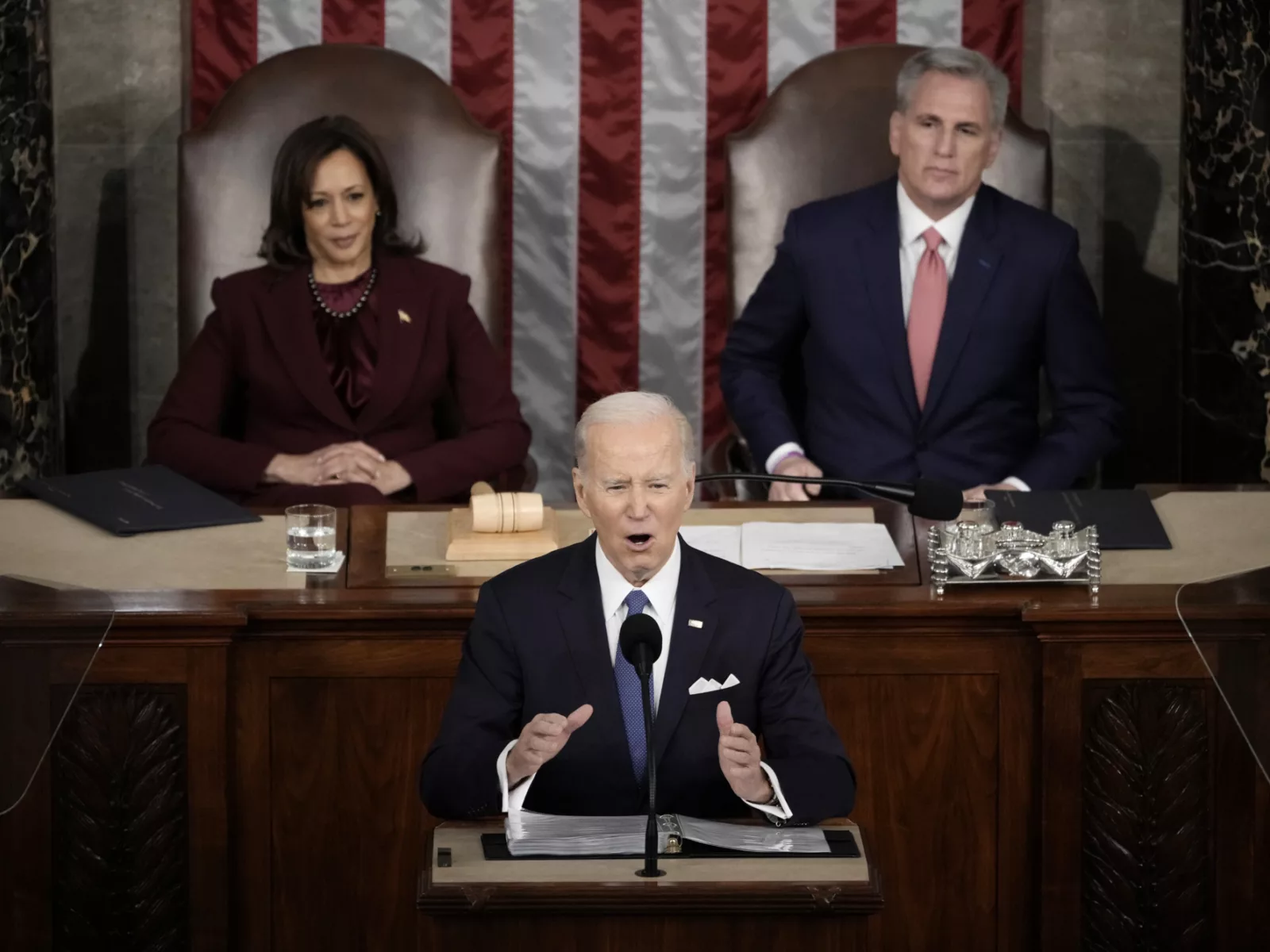Some of the country’s highest-priced hospitals are in California, where hospital prices are, on average, almost 3x of what Medicare pays. That is a big reason why a diverse coalition made up of labor, consumer advocates, employers, and insurers came together to push the state to pass legislation in 2022 to create the Office of Health Care Affordability (OHCA), aimed at slowing the growth of health care costs in the state. To accomplish this, the OCHA is charged with implementing a cost growth target limits how quickly provider costs can increase, which is intended to lower costs for consumers and purchasers.
In March of this year, the OHCA board heard from advocates, stakeholders, and industry insiders on a proposed cap on health care cost increases. Following this input, on April 24 the OHCA board voted 6 – 1 to phase in the cost growth target to 3% over the next five years.
“Over time, consumers will spend less as a share of income on premiums, copays, and deductibles and will be better able to afford care and coverage,” wrote Beth Capell and Anthony Wright of Health Access California, a consumer advocacy group who stood up for the proposal, in a letter to the board.
Rise in Premium Costs Far Outpace Income Increases
The high price for care is a key element of growing costs; which people can clearly see in the high price of their premiums. Putting downward pressure on price through cost growth targets can improve affordability for employers and consumers. The OHCA board, when determining an appropriate rate for a cost growth target, used wage growth as a central factor. A report from the UC Berkeley Labor Center, who also spoke at the March board meeting, looked at a 20-year average — 2002 to 2021 — of health care costs in the state and found premiums grew 163% while incomes rose only 72%. Since 2013, the state’s median household income has grown by an average of 3.5% annually while health care spending grew by an average of 5.5% over the same time frame.
In its mission to rein in rising health care costs, the OHCA collects data on total health care expenditures, analyzes market trends, sets cost benchmarks, and enforces those targets. This comprehensive approach is designed to improve affordability for consumers and purchasers while maintaining or improving quality and equity.
100+ individuals testified at the March meeting. This vote on the 3% cost growth target brought a sigh of relief for residents, many of whom face health care costs ranging from hundreds to thousands of dollars each month. In fact, more than half of Californians have delayed or skipped getting care due to cost.
Other States Increasingly Embrace Cost Caps
While California is the largest state to pursue a cost growth benchmark, eight states have implemented similar targets since 2012: Connecticut, Delaware, Massachusetts, Nevada, New Jersey, Oregon, Rhode Island, and Washington. However, there is still work to do. Only California and Oregon can impose penalties on entities surpassing the target rate; a model other states can adopt to be more effective in making health care more affordable. Spending on health care in other states will continue to increase until steps like an accountable cost growth benchmark are implemented. While it will take time for the OHCA’s vote to take effect, by both setting and enforcing cost growth thresholds, states can make even greater strides to protect patients, consumers, and taxpayers from out-of-control costs.
Read more about California’s work in health care affordability here.



















